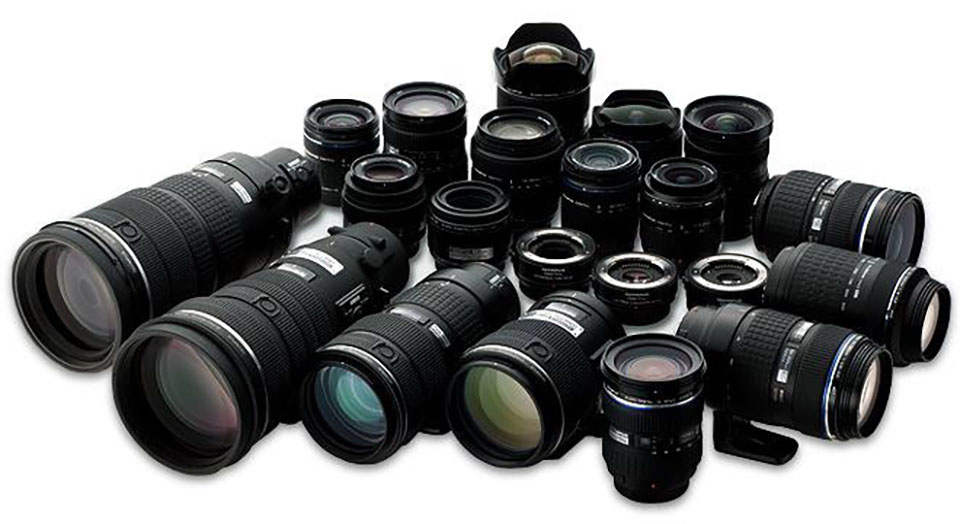
Over the years I have often written about cameras and which one is the best for you. Let me assure you that this is not an easy task. One of the reasons being the fact that all cameras these days can provide excellent images, lenses are interchangeable and electronics are almost foolproof.
Four years ago I was contacted by a reader, who after much comparison study had purchased a Lumix FZ 1000. Remembering my advice to read…no…study, the manual in depth, he found the one for the Lumix was 366 pdf pages long, so no doubt he will be studying for some time.
He found out first hand the dangers of just rushing out with shutter finger poised and in such a hurry to “show off” and try out his new camera, before studying the manual, that he took it to a family birthday party the very next day. The camera (set in auto mode) told him, in several instances, to open the (pop-up) flash and, of course, he didn’t know how to. Not too disastrous, but it was only later that he found that switch!
While the manufacturers may believe they are doing the photographer a favor with a CD manual enclosed in the new camera box, you can’t read a CD version of the manual at the birthday party, can you. I carry a hard copy of my camera’s manual in the camera bag at all times.
After the kind note from the reader, I decided I would do a browse around one of the local camera shops (a few in Central Festival) and I was somewhat taken aback. It is quite some time since I actually bought a new camera, and I was well out of date. Top end cameras from the Nikon stables were astronomical in price. A D series with a kit lens were around B. 90,000. Even the lower end of the Nikon cameras were around B. 30,000. Canon were in the 20-40 K range and Olympus OM cameras were 45-72 K.
Even lenses were expensive, with after-market manufacturers like Tamron having lenses around 40K.
I could see why the retailers were having to offer six month terms at zero percent interest. And I could also see why camera phones are just so popular.
In this column I have concentrated on the techniques in photography, hoping to impart some of the knowledge I gained from working in my own professional studio. For me, the cameras had to earn their keep and I had the full Nikon system, plus 2 ¼ square Hasselblads and Cambo 5×4 rail cameras. Some of these were expensive (then), but I had enough work for them to be able to afford the purchase. But I just wonder if that could be done today?
Pro shooters have a love-hate relationship with the photo libraries. Art directors like them as they want to be able to pick an image without having to hire the photographers and model fees. They also expect their backsides to be licked! All that the photographer can do is try and have his work accepted by a library, knowing that the library takes a good percentage of the fee off the top. (I was lucky to start with and my work was accepted by one of the many photo libraries – but unfortunately it folded, my slides were returned and it was back to square one.)
Quite honestly, the majority of the top end cameras are really only for pro use. A savvy amateur can produce very acceptable images with the lower grade (around 30-40K) cameras. Working out exposure is a thing of the past and the subsequent images stand or fall with the technique of the photographer.
Start with the Rule of Thirds!





